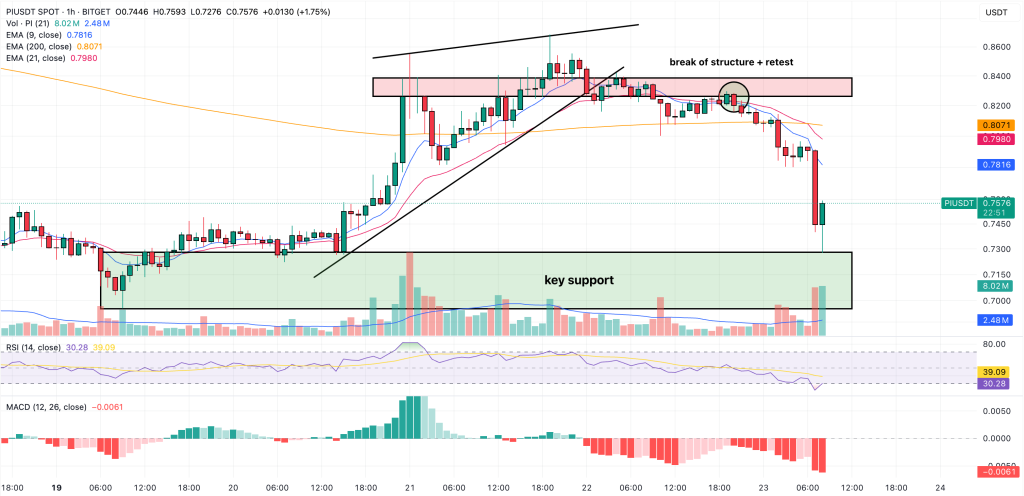After several years of record numbers of American women leaving the workforce, recent job numbers are showing the trend is starting to turn around. The labor force participation rate for women in their prime working age hit an all-time high in June, reaching 77.8%, according to recent Bureau of Labor Statistics data.
In fact, that was the third consecutive month that the participation rate for women between the ages of 25 and 54 set a record high.
Dr. Diane Rosen, an HR and workplace consultant and a principal at Compass Consultants, says that the BLS data represents a “huge opportunity” for organizations to attract and retain talented women. But, she cautions, HR leaders need to be strategic to take advantage of the influx of women.
Get to the ‘why’
When looking to bring women back into the workforce, HR needs to determine—within the boundaries of employment law—why they might be seeing more women considering employment with the organization. Is it for additional income, their kids have gone off to school or are they emerging from the pandemic with a desire to work outside the home?
“The ‘why’ matters because it can help recruiters match a candidate with a job suited to qualifications and commitment,” Rosen says.
Kara Yarnot, vice president of Strategic Consulting Services at HireClix, a recruitment advertising agency, says HR also needs to understand why women may have left the workforce to begin with. She notes that in 2020 and 2021, for example, the No. 1 reason women left the workforce was due to a lack of affordable childcare, complicated by the pandemic.
“So, knowing this, employers looking to recruit women to fill open positions need to place job advertisements on consumer sites also targeting women raising children,” she says.
And, they must ensure they’re actually following through with benefits that mesh with what women are now looking for from an employer. For instance, tailored benefits including income-protected leave, can make a real difference in attracting and retaining female talent, says Kara Hoogensen, senior vice president, benefits and protection, and head of workplace benefits at Principal Financial Group.
“These offerings help employees navigate unexpected life events and showcase employers’ understanding of their employees’ needs as a whole person beyond their role in their company,” she says.
And, Yarnot says, it’s more important than ever that employers ensure their branding is geared toward women rejoining the workforce.
“Think about what this group wants based on their recent experience and market those benefits and values,” she says. “Women have a lot of skills and perspective to bring back to the workforce.”
Rethinking what women in the workforce can bring—and what they want
When it comes to skills, Rosen adds that this is a time for employers to be open-minded about job qualifications. For those returning to work after a long absence, the usual roadblocks are lack of experience, stale qualifications, lack of familiarity with tech and/or other changes in workflow, work product and industry trends.
When considering those challenges, she says, also weigh the positive experiences candidates may bring.
“Thoughtful HR professionals have an opportunity to be creative to attracting what may be untapped talent,” she says. “Managerial skills include managing a home and kids, volunteer and nonprofit experience—especially at the board level—or a willingness to upskill through training or education, or to take a job a level below where they left the workforce in the past.”
See also: How to create a workplace that works for women
In addition to rethinking skills, HR also should reevaluate how the organization can better meet the needs of today’s working women.

A key, Rosen says, is flexibility, particularly if the person has young children or other caretaking responsibilities. That does not necessarily have to mean full-on remote work, she adds, but rather flexibility around start and end times, or some ability to work remotely.
However, Yarnoto warns, it’s not enough for employers to tout opportunity and flexibility; they also need to incorporate this into the recruiting process to show women firsthand.
For example, mobile-friendly scheduling and having recruiters available in the early morning or late evening, in addition to the typical 9-5, gives these potential employees a sense of how the company will treat them if they choose to join.

While employers will need to be proactive to capture the attention of women looking to come back to the workforce, Hoogensen says, the long-term benefits to the organization will be worth it.
“At the end of the day,” Hoogensen says, “by understanding what employees need to balance their personal and professional life, even the smallest employers can compete for talent with companies of all sizes, ultimately creating a workplace that attracts, supports and retains women in the workforce.”
Credit: Source link










